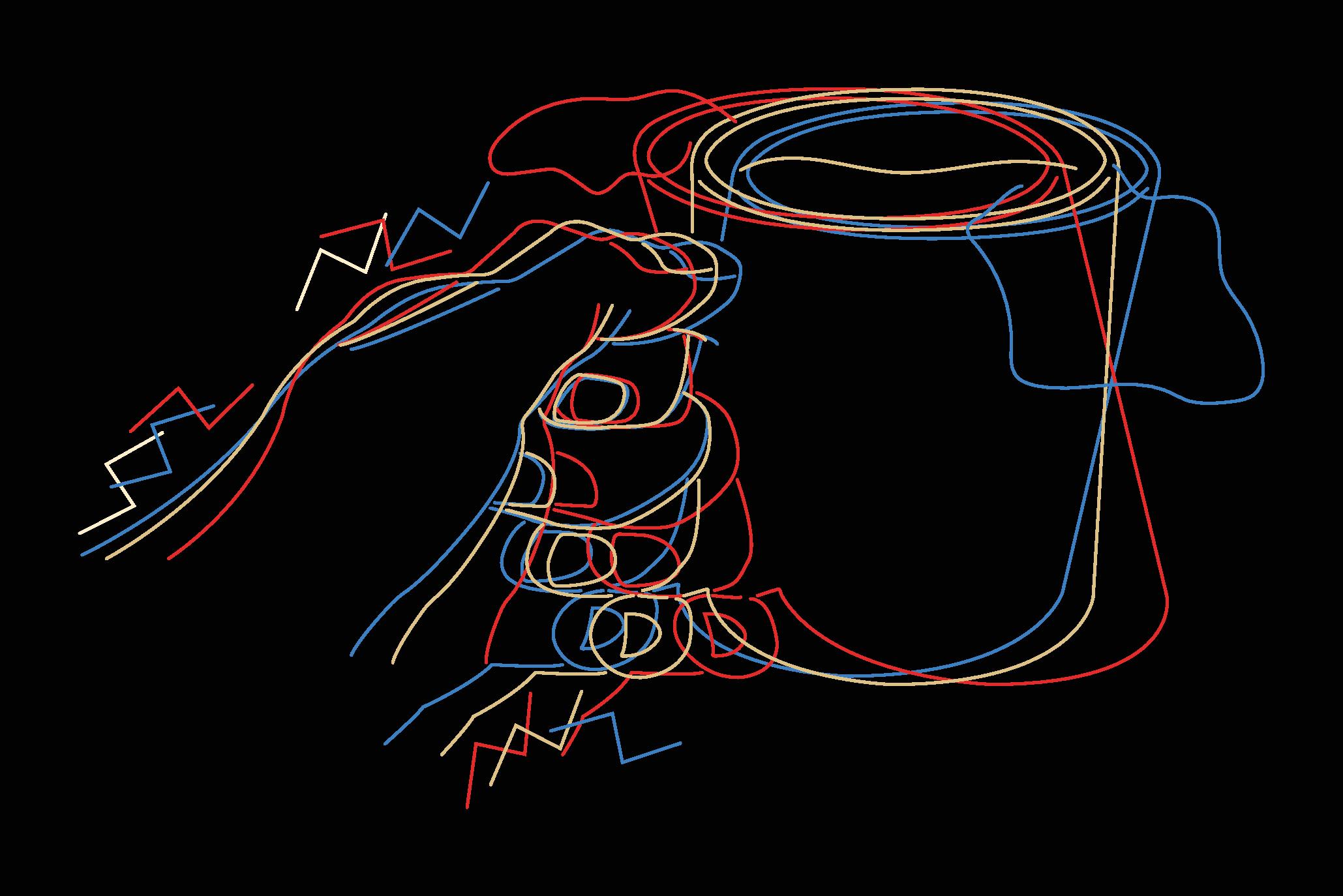
While many people brag that they don’t do drugs, they forget to mention their morning cup of coffee, a stimulant with effects much like nicotine, cocaine, and meth.
According to the journal Food and Chemical Toxicology, 85% of the U.S. population consumes at least one caffeinated beverage per day. But it’s not just coffee. Caffeine can be found in nearly everything — gum, seltzer water, inhalers, pills, even “energy sunflower seeds,” whatever thosethey are. It’s even hidden behind the label of many popular sodas, with amounts yousome would be shocked to see.
Caffeine is a stimulant, altering the nervous system and brain chemistry by speeding up the messages the brain sends to the rest of the body and vice- versa. It does this by plugging into certain receptors in the brain responsible for the natural sleep-wake cycle. Once caffeine binds to these receptors, production of the neurotransmitter adenosine increases as the body is fightsing to remain in control.
Eventually, the brain will create more receptors in response to the added caffeine, which is responsible for tolerance and why caffeine’s the effects of caffeine on the brain weaken after chronic exposure. This is the reason why one cup leads to two, then three and so on.
Caffeine has a half-life of around 5 hours, meaning that the chemical decays over time in your body until only half remains. So, a morning cup of coffee at 9 a.m. will be unrecognizable and lead you back to Saxbys by 1 p.m. after a painful crash. And this crash is actually just the build-up of adenosine fighting for its assigned seats in your brain.
Because caffeine alters your brain’s chemistry, if you were to stop drinking itthe intake of coffee, your body would beis forced intothrough withdrawals. Headaches, pain, fogginess, anxiety and depression will meet you there, just like any other addict struggling with their addiction.
And while some students may know that certain products contain caffeine, they don’t know the extent of their dosing. Yes, the FDA requires caffeine to be labeled as an ingredient, but manufacturers aren’t required to say how much.. However, it is not required to state the amount.
It seems almost impossible to see the actual amount of caffeine in different products. Twelve ounces of black tea contains 63 mg of caffeine. Twelve ounces of drip coffee usually contains 100 to 200 mg of caffeine, but retail coffees can be higher. Starbucks’ 16 ounce Blonde Roast is exceptionally high, containing 360 mg. And shockingly, two ounces of 5 Hour Energy has a whopping 200 mg of caffeine.
Sodas are notorious for containing unmarked caffeine amounts. Coca-Ccola has 34 mg. Diet Coke is higher with 46 mg. Soda industries add this caffeine to keep consumers physiologically dependent on the product, and wethey abuse it just as much as coffee drinkers. President Trump reportedly consumes 12 cans of Diet Coke each day.
And if you’re wondering, cCaffeine isn’t harmless. The FDA warns that consuming around 1,200 mg of caffeine can cause seizures orand even death. The FDA recommends not exceeding 400 mg of caffeine, which is onlyfeels measly, being around marginally higher than a single Blonde Roastfour or five cups of coffee.
Too much caffeine does not only disturbs your brain chemistry but gives youthe consumer a false sense of control over yourtheir sleep schedule and an easy out to being overworked. Thus, caffeine addiction is really only a band-aid for much largerbigger problems.
Bethany Turner-Livermore studies diet demography and disease in the anthropology department at Georgia State. She said caffeinethis addiction could be ain response to being overworked.
“I think it’s an effect of what some anthropologists call the ‘time famine,’” Livermore said. “The only way you can be successful or perform successfully is to be busy all the time … and coffee helps fuel that.”
And because of how stimulants increase energy, decrease pain and give a false sense of strength and endurance, there is a long history of stimulant abuse. Spanish colonists forced the Inca to grow coca leaves in their brutal system of slave labor so that they could then work harder and longer in their gold and silver mines after consuming them. In addition, tThe U.S. supplied its soldiers with more methamphetamine in the Vietnam War than in any other war in history.
Today, stimulants are normalized in the form of the company-provided coffee pot and can be seen even holding residence in Georgia State’s University’s very own library, because capitalism demands productivity at all hours of the day.
“You have to work all the time. You’re getting work emails at 10 p.m. … Tthere is no paid parental leave,” Turner-Livermore said. “TOften, these stimulants became the global soft narcotics because of neoliberal global economies.”
Americans don’t not even think of caffeine as a drug in the same way they do ofabout alcohol, cocaine, heroin or meth because it’s so mainstream. It’s just a stimulant for the army of individuals trapped in four-walled cubicles.
The way out? Actually, listen to what your body is telling you. We’ve heard it a million times:. Eat quality foods, exercise and, for the love of Pounce, get enough sleep.
A 32- ounce iced coffee isn’t refreshing; it’s a cry for help.
